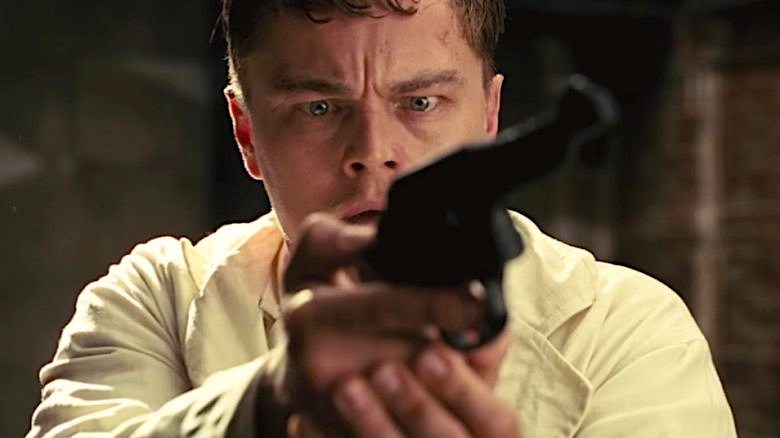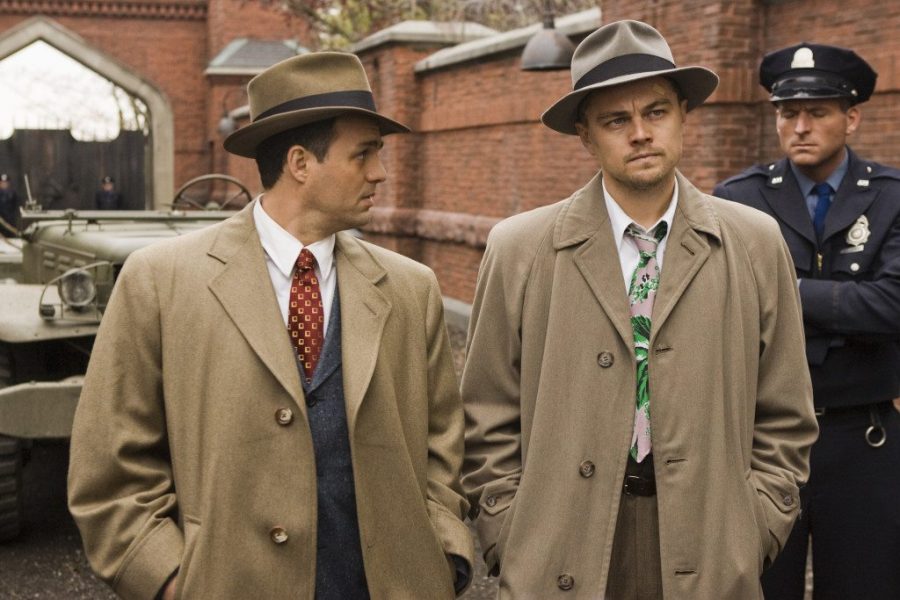Martin Scorsese’s ‘Shutter Island’ is a riveting psychological thriller centered in the Ashecliffe Hospital, an institution nursing the criminally insane. Deputy U.S. Marshal Edward “Teddy” Daniels (Leonardo DiCaprio) teams with Chuck Aule (Mark Ruffalo) to investigate a patient’s disappearance on the hospital premises. The gripping thriller ends in a terrific twist that leaves the viewers with an open interpretation.
The film’s eerie atmosphere, paired with a grim narrative, translates into a noir replete with Hitchcockian elements. The ending has been a major issue of discussion across fan circles, but what intrigued us was its story- an excursion into the ravages of guilt. The film boasts of a certain intellectual fervor that made us look through its inception. Here’s our inference.
Is Shutter Island Based on a True Story?
No, ‘Shutter Island’ is not based on a true story. The source material of the film is Dennis Lehane’s novel of the same name. ‘Shutter Island’ retains the book’s central plot in its depiction of the elaborate charade behind the events of Edward Daniel’s investigation. Edward Daniel’s reveal as Andrew Laeddis is captured efficiently in the film as it balances well with Lehane’s story. It is in the final scene that the film deviates a little.

Laeddis’ dialogue in the end, “This place makes me wonder which would be worse, to live as a monster, or to die as a good man,” was a narrative change that kept the character’s arc in ambiguity. It is implied that Andrew knows that he is willing to lobotomize himself for mental peace. This can perhaps help us empathize with the character in identifying with his illness and resolving his grief. The book, however, doesn’t retain this ambiguity. It is implied that Teddy regains control of Laeddis’ mind, thereby giving a subtle sense of closure.
Lehane had remarked that the film’s ending dialogue was more like a question that signifies a sane moment in the delusions that Laeddis lives in. Moreover, Lehane portrays Teddy to be a rough man with edges that show his dangerous side. The film takes a lighter approach and shows him to be a resourceful person capable of handling his temperament. The note shared by Rachel Solando is far more elaborate in the novel, which Teddy has to decode using his skills. On the other hand, the film shortens it into a word that is a warning sign for Teddy and his investigation. Nevertheless, ‘Shutter Island’ keeps the thrills intact in its visual depiction of Lehane’s remarkable expositions.
Dennis Lehane’s inspiration for the island came from his childhood experience of visiting Long Island in Boston Harbor under the perils of a blizzard. His haunting description of the island gives a claustrophobic feeling, which the film depicts in a different tone. The mystery of ‘Shutter Island’s story is contained within the island’s expansive shots, welcoming the viewers to the actions that drive the narrative. Interestingly, ‘Shutter Island’ was actually filmed in Massachusetts to remain true to the story’s origin.
The filming rights of the novel were first given to Columbia Pictures. After a long period of inaction, the rights lapsed back to Lehane. Laeta Kalogridis adapted the book into a screenplay after the rights were sold to Phoenix Pictures. Production began in 2008 with Martin Scorsese on board after floating rumors of David Fincher directing the film had surfaced. Despite the subtle deviations in plot details, the atmosphere and central themes of loss, grief, and guilt are preserved in the film, just as Lehane imagines it in the book. Although ‘Shutter Island’ is not based on a true story, it is a creative interpretation of literary fiction.
Read More: Shutter Island Filming Location


You must be logged in to post a comment.